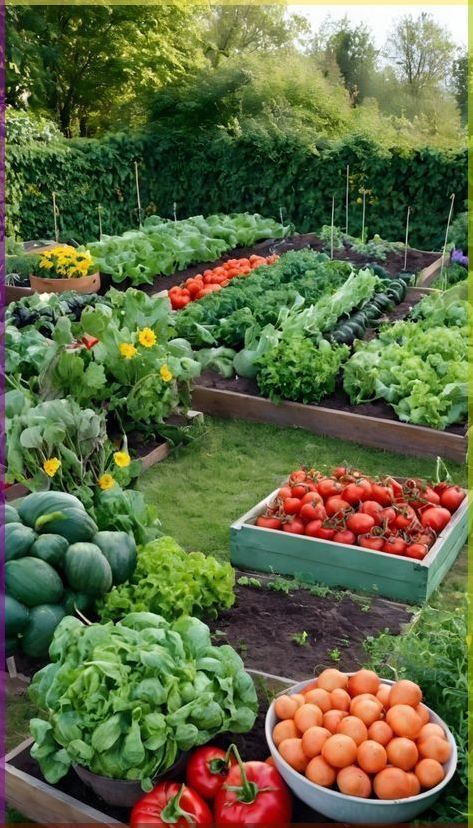Starting a backyard garden can seem like an expensive hobby. The cost of raised beds, soil, tools, and plants can quickly add up, discouraging many would-be gardeners before they even begin. But the truth is, you can start a successful and productive garden without spending a fortune. With a little creativity and a resourceful mindset, backyard gardening on a budget is not only possible—it’s a fun and rewarding way to learn.
Here’s a guide to starting your backyard food freedom without breaking the bank.
Step 1: The “No-Cost” and “Low-Cost” Start
Your first and most important step is to leverage what you have for free.
- Ditch the Raised Beds (for now): While raised beds are great, they require a significant upfront cost for lumber and soil. For your first garden, consider a simple in-ground plot. You can delineate the space with free materials like scavenged rocks or a simple string and stakes.
- Sunlight is Your Best Friend: The most crucial element for your garden—sunlight—is free. Spend a day observing your yard to find the sunniest spot that gets at least 6-8 hours of direct light.
- Repurpose Materials for Planters: Don’t buy expensive containers. You can use old five-gallon buckets (drill drainage holes in the bottom), cracked ceramic pots, or even large food-grade storage bins.
Step 2: Soil on the Cheap
Soil is the single most important component of a healthy garden, and it’s also one of the easiest to get for free or at a very low cost.
- Start a Compost Pile: This is the ultimate way to get free, nutrient-rich soil. You can create a simple compost pile in a corner of your yard by layering kitchen scraps (fruit and vegetable peels, coffee grounds) with yard waste (leaves, grass clippings).
- Check Local Resources: Many municipalities and public works departments offer free or low-cost compost or wood chips to residents. It’s worth a phone call or a quick look on their websites.
- Ask Around: Connect with local farmers or horse stables. They may be willing to give you well-rotted manure, which is an excellent soil amendment, for free.
Step 3: Smart Plant Choices and Seed Saving
Your plant budget can be drastically reduced by making smart choices.
- Start from Seed: A packet of seeds costs a few dollars and can produce dozens of plants. In contrast, a single seedling from a nursery can cost just as much. For your first garden, focus on plants that are easy to grow from seed directly in the ground, such as:
- Lettuce and Spinach: Fast-growing and high-yield.
- Radishes and Carrots: Simple and satisfying to grow from seed.
- Green Beans and Peas: Prolific producers that are a great return on investment.
- Zucchini: A single plant will give you more than enough squash.
- Join a Seed Swap: Look for local gardening groups or community forums where gardeners trade seeds for free. This is an excellent way to get a variety of seeds for no cost at all.
- Use Kitchen Scraps: You can even regrow some vegetables from scraps. For instance, you can regrow green onions, lettuce, and celery from their base.
Step 4: Tools and Resources: Borrowing and Buying Smart
You don’t need a full shed of brand-new tools to get started.
- The Bare Necessities: A simple hand trowel, a pair of gardening gloves, and a watering can (or a hose with a spray nozzle) are all you truly need for a small garden.
- Borrow from Friends: For bigger jobs, like turning over a large plot of ground, ask to borrow a friend’s shovel or garden fork.
- Repurpose What You Have: Use an old fork or spoon for a miniature trowel. Use a discarded ruler to measure planting depth.
- Community Gardens and Libraries: Many communities have shared garden plots with tools available for use. Your local library may also have books on gardening that you can borrow for free.
Gardening on a budget is all about being resourceful and creative. By leveraging free resources, making smart choices, and focusing on the essentials, you can build a thriving garden that is not only good for your wallet but also incredibly satisfying to nurture.







